Apolitical Poison And Feral Disaster Groundhog Dirt-Witches
There hasn’t been much good to come out of 2025 so far. Whether you call it Tower Time or a Wolf Age, we’re well and truly in it, and neither The World nor Apple Age are guaranteed.
One thing that doesn’t suck, however, is that Aidan Wachter has begun showing up on podcasts again like some kind of feral disaster groundhog. That’s right, he’s back to coming in everyone’s ears again! Hooray!

I happened to catch one the other day while preparing dinner. (This one, if you’re curious.) The episode was about animism and chaos magic, and as always with Aidan, it was an excellent discussion. But then I made the mistake of going to the comments, where I saw something along the lines of “This was great until you started talking about politics.” And well, I have something to say about that. Truth be told, I’ve been pondering a post on this since the beginning of the year. But for whatever reason, I seem to be running into this sentiment more of late.
“Ugh, I’m here to discuss magic/animism/(insert subject here, not politics.“
(Cue dramatic gasp and clutch pearls.)
And coming from Heathenism, I’m intensely aware of how far-right individuals benefit when groups adopt apolitical stances. I mean, it’s a handy-dandy way to stifle opposing views while quietly expanding their own influence. (It’s called “entryism.” Look it up!)
Apolitical veneers are dangerous. Red flags, always. But that’s not the reason why I decided to tip-tap out this ikkle screed of a post.
You see, here’s the thing: you can’t talk about animism as an aspiring animist without that animism also informing and shaping your politics. Contrary to what seems like popular belief, animism is much more than some Disney princess scenario where a group of forest peoples do you the solid of tidying your hovel (though that would be nice).
Some day, my bird-friends. Some day…

Before I get into it though, let’s begin with a couple of definitions so we’re at least all starting out on the same page.
Defining Animisms
Believe it or not, the word “animism” didn’t exist before the 19th century. This is why you will never see medieval texts labeling pre-Christian cultures “animist.” That was actually the product of an anthropologist called Edward Tylor, who coined the term in 1871 as a way to describe all belief in phenomena that cannot be empirically proven, like gods, fairies, ghosts, spirits, and souls (Harvey, 5-6).
So. Congratulations, Christians! According to Tylor you’re all a bunch of animists (even though you’ve been working to stamp out actually animistic beliefs since the get-go).

But I digress…
The thing about Tylor is that he was an ardent materialist. Where his contemporaries considered society to be degenerate because of the decline of traditional religion, he saw that as a good thing. For him, animism (and ergo all religion) was a category error common to all humans that would hopefully eventually be eradicated through science and reason (Harvey, 5-6).
Among anthropologists, Tylor’s definition of animism is known as the “old animism.” And unfortunately, Tylor’s views continue to shape our ideas of animism, and especially the prejudices surrounding it, even today.
The “new animism,” however, is very different, largely because instead of simply labeling groups of people without trying to understand how they understood their own cultures, anthropologists actually began to learn from groups whose worldviews they perceived to be animist.
What has emerged is a definition of the animistic worldview that’s rooted in an expanded conception of personhood. In short: we humans are but one kind of people inhabiting Earth, and personhood is both revealed by and defined by interaction with others. Basically, people communicate (in whichever way is natural for them); people learn from each other; people are relational; and people are willful and have agency (Harvey, 17-24).
People are not defined by having a human shape.
Unlike the old animism, the new animism doesn’t struggle to figure out whether everything in the world is sentient, or which of the many, many phenomena is. Conversely, the new animist simply asks whether the object in question has communicated yet and, in doing so, made it known that they’re a person (Harvey, 18, 33). And as for everything else who may also be a person? Well, who knows?
As an aside, Tylor considered the recognition of seemingly inanimate objects as being sentient akin to that stage in childhood where children personify objects (Harvey, 8). And now you know where much of the mockery leveled at animism comes from…Congrats!
Anyway, back to the politics…
Animism and the World
Like many other societies, modern US society is rooted in a worldview that holds humans to be separate from the rest of the world. You see, apparently we’re the only beings special enough to have souls. Everybeing else is just basically a resource, lacking in any real sentience (a view we are seeing increasingly challenged in scientific research).

A more “enchanted” version of this – or at least one that is presented as being so – is that the omnipresent Christian god fills and maintains the world. Those who have eyes to see can find manifest wonders all around them. Signs. Revelations. How special, each and every wonder a little love note left by deity daddy!
This, by the way, is pretty much the “reenchantment” currently being pushed by the right wing Christian writer Rod Dreher to entice people from Paganism and Heathenry, and back to the church. Throw in some paranoia about demons and some exorcism narratives to really sell it, and you’re good to go! Ironically, this is also the same basic strategy used by the 10th/11th century homilist Ælfric of Eynsham to achieve the same goal (Jolly, 95). Don’t fall for it, yo!

Because here’s the thing about that worldview: it got us to where we are now. When it’s the default to see us humans as divorced from the rest of the world and every other being as a resource to exploit (a statement which also all too often also extends to humans), what incentives do our politicians have to take the trees, the waters, the birds, fish, or lightning bugs into consideration in their policy making? What are those “resources” next to accumulating pieces of green-colored paper or big numbers on a screen?
None. They have none. At best, they may have a basic awareness of the foolishness of shitting where you eat. But aside from that? Well, that paper with its green patterns sure does make life comfy!
Now here’s where animistic worldviews differ.
Because it’s not just humans who are people, not just humans with souls or spirits. This world isn’t something given to us by a single deity to use and manage as we wish. We’re not the main characters in this web of life, with everybeing else our support cast. Herbs do not heal because of some deity filling them or storing “virtues” in them like Easter eggs; they have their own power, their own indwelling spirits. We are a part of this mighty Middle-Earth, our homes the nests of our kind. We are no more separate from everybeing else here than we are our limbs, organs, or blood.

Frankly, as an aspiring animist (i.e., someone who is working to transition to an animistic worldview), the current direction of modern politics runs counter to pretty much every single belief I have. That fascism that’s resurgent in so many places right now? It’s completely fucking anathema to animism. A worldview of separation instead of connection, both an escalation and predictable end result of ideologies reliant on “us” vs “them” dichotomies. Man vs nature, body vs soul, good vs evil, angels vs demons, I could go on…It’s all the Lie of Separation playing out, just different heads of the same beast.
I guess my question at this point is how the fuck do you discuss animism without also discussing politics?
The truth is that you can’t.
The thing about worldview is that it isn’t just something you perform with coreligionists once a week or month, everyone returning to their own homes at the end after some polite conversation by the coffee table. It is, as the word suggests, the way you perceive and understand the whole world, and as such, shapes your choices and opinions – the way you move in the world. If you consider yourself an animist and take issue with others bringing up politics, I would question how deeply committed you are to aligning with this worldview.
Final Words
The vast majority of the time, calls for apoliticism are either a demand for comfort or a way to silence opposing viewpoints for whatever ends. It should go without saying that the personal is political. Well, the same is true for magic and religion as well. Contrary to what some would prefer to think, political discussion doesn’t sully the sacred. If anything, forwarding politics with the aim of seeding and spreading what you believe to be good in the world is holy work. Necessary. At times, a kind of jailbreaking for minds.
Look, we’re well and truly in the Wolf Age; our choices and words are extra weighty now. We all need to make like wolves and howl out our truths regardless. Fuck being apolitical. No one ever won a world by keeping their tongue behind their teeth.
Sources Cited
Harvey, Graham, Animism: Respecting the Living World.
Jolly, Karen. Popular Religion in Late Saxon England: Elf Charms in Context.




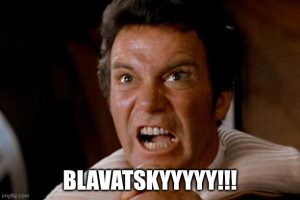


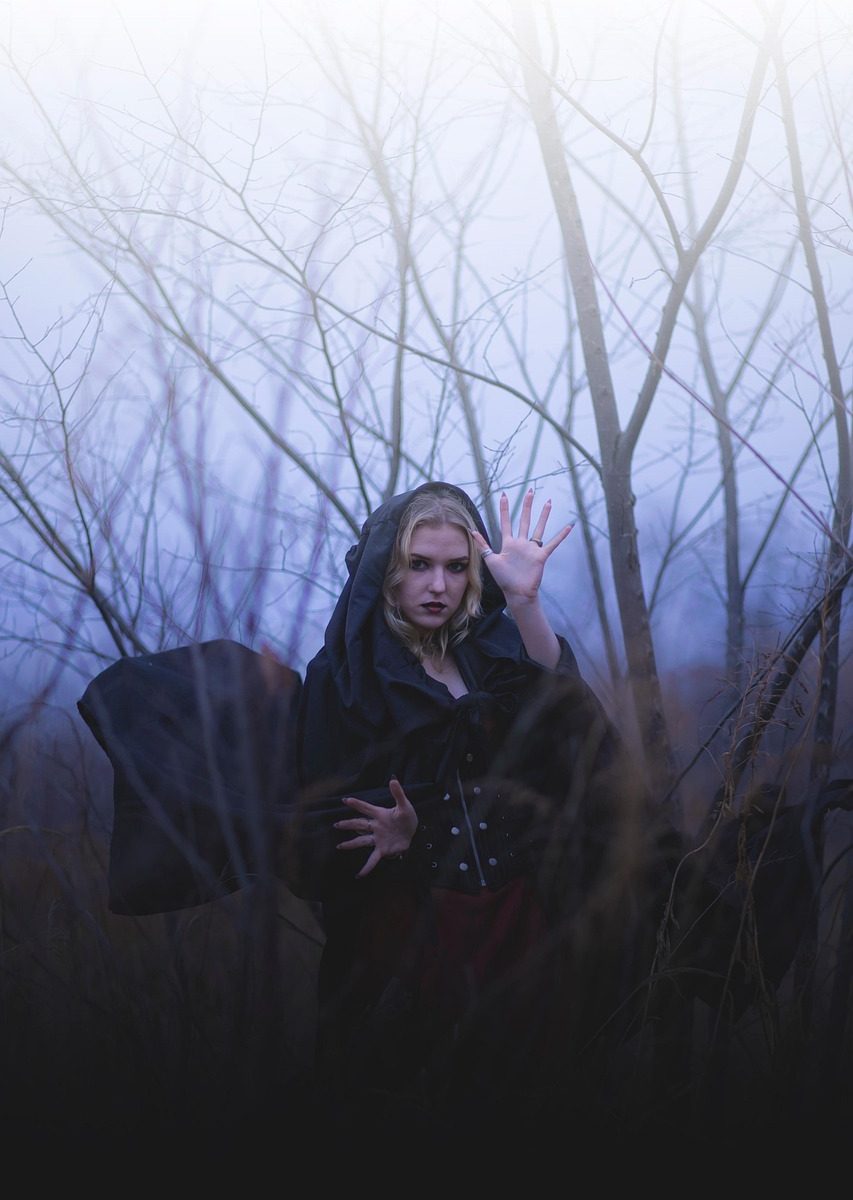







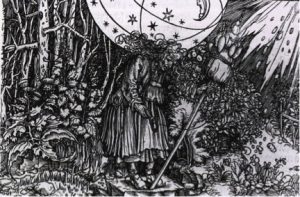
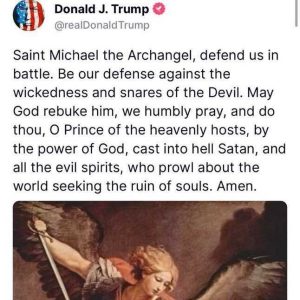
 England, and I was the weird kid everyone else came to ask about getting the “power of Manon” when the movie The Craft came out.
England, and I was the weird kid everyone else came to ask about getting the “power of Manon” when the movie The Craft came out.


 through the bottom of my boots. Then (usually at the top of a hill), I would fall to the ground to thank the hills when the knots around my heart lifted.
through the bottom of my boots. Then (usually at the top of a hill), I would fall to the ground to thank the hills when the knots around my heart lifted.
 beings that inhabit them. And a place and its inhabitants may be one way on one day, and completely different on another day. Even if you’ve been somewhere before, never assume that a place is going to be or feel the same when you go back there. Keep on top of your basic witchy skills, and
beings that inhabit them. And a place and its inhabitants may be one way on one day, and completely different on another day. Even if you’ve been somewhere before, never assume that a place is going to be or feel the same when you go back there. Keep on top of your basic witchy skills, and vending machines for favors (in exchange for some pretty subpar offerings)?
vending machines for favors (in exchange for some pretty subpar offerings)?
 over but cohabiting with. Where are you in your “neighborhood”? Who do you need to avoid pissing off and who do you need to give a little more care and attention to?
over but cohabiting with. Where are you in your “neighborhood”? Who do you need to avoid pissing off and who do you need to give a little more care and attention to?


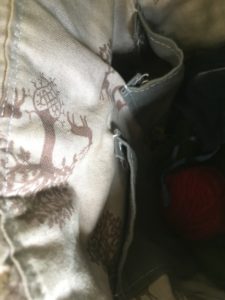
 middle of them, and although I haven’t really found good scholarship on them, my experience has been that these are both effective tools and apotropaics. They’re protective against the Unseen, and allow you – again, in my experience – to see through glamours and things that are normally unseen if you look through them.
middle of them, and although I haven’t really found good scholarship on them, my experience has been that these are both effective tools and apotropaics. They’re protective against the Unseen, and allow you – again, in my experience – to see through glamours and things that are normally unseen if you look through them. general because it has so many uses. You can use it to salt boundaries, protect, and banish. But black salt is just taking regular old salt and leveling it the fuck up! The addition of iron, ash, and (in my case) ground wolf bone, makes black salt an excellent addition to a go-bag. It’s like an apotropaic powerhouse!
general because it has so many uses. You can use it to salt boundaries, protect, and banish. But black salt is just taking regular old salt and leveling it the fuck up! The addition of iron, ash, and (in my case) ground wolf bone, makes black salt an excellent addition to a go-bag. It’s like an apotropaic powerhouse! energy that might “grow up” to get its own ideas and start its own trouble. Spun fiber can provide a bridge, delineate space, and serve as an offering in its own right. I have two spindles that I typically use in ritual work: one is a collapsible spindle that fits in my bag; and the other,
energy that might “grow up” to get its own ideas and start its own trouble. Spun fiber can provide a bridge, delineate space, and serve as an offering in its own right. I have two spindles that I typically use in ritual work: one is a collapsible spindle that fits in my bag; and the other,  my large one, was a gift to thank me for help given. I adore my large one because it feels weighty and authoritative – like a wand. It’s something I’ve wielded in ritual before now when opening portals and working my will. The collapsible one lives in my purse (yes, it’s that small) along with the sheep knuckle I use for yes/no divination.
my large one, was a gift to thank me for help given. I adore my large one because it feels weighty and authoritative – like a wand. It’s something I’ve wielded in ritual before now when opening portals and working my will. The collapsible one lives in my purse (yes, it’s that small) along with the sheep knuckle I use for yes/no divination. resonance to this item that just works. I’ve engraved it with words of power (which I won’t show here), and it’s one of my favorite spirit weapons for subduing, setting up some hardcore protective space, or for when things go bad. I don’t know whether it’s wholly iron or steel (which is mostly iron anyway), but it’s kickass anyway.
resonance to this item that just works. I’ve engraved it with words of power (which I won’t show here), and it’s one of my favorite spirit weapons for subduing, setting up some hardcore protective space, or for when things go bad. I don’t know whether it’s wholly iron or steel (which is mostly iron anyway), but it’s kickass anyway. This is one of my more McGyver-type items. Red thread can be used to bind and protect, or create new items (like a crossroads effigy or protective rowan cross). It can also be used for knot spells, marking off space, and much more. The yarn I use is hand spun with intent and then ritually consecrated.
This is one of my more McGyver-type items. Red thread can be used to bind and protect, or create new items (like a crossroads effigy or protective rowan cross). It can also be used for knot spells, marking off space, and much more. The yarn I use is hand spun with intent and then ritually consecrated.


 entice you into some kind of oath, your first move is always research. Go find out everything you can about them, and if it’s not available in physical sources, go pester allies for more information. Because there are a whole bunch of things you need to know here. For example, you need to know their MO; if they’re presenting themselves as they actually are; how others have fared dealing with them; and if they have a GSOH and enjoy long walks on the beach at sunset. Because all of that will not only help you figure out *who* you’re dealing with, but also help you better word any oaths you make so that you can do stuff like insert more protective clauses (which is #winning, trust me).
entice you into some kind of oath, your first move is always research. Go find out everything you can about them, and if it’s not available in physical sources, go pester allies for more information. Because there are a whole bunch of things you need to know here. For example, you need to know their MO; if they’re presenting themselves as they actually are; how others have fared dealing with them; and if they have a GSOH and enjoy long walks on the beach at sunset. Because all of that will not only help you figure out *who* you’re dealing with, but also help you better word any oaths you make so that you can do stuff like insert more protective clauses (which is #winning, trust me).



 accordingly, as I do respect her). I do think she makes an excellent point about the duotheisms held dear by the earlier Pagan revivalists, and their incompatibility with both modern and ancient ideas on deity. But does that mean that we should once more throw out yet another baby with the water it was bathing in? (Which per
accordingly, as I do respect her). I do think she makes an excellent point about the duotheisms held dear by the earlier Pagan revivalists, and their incompatibility with both modern and ancient ideas on deity. But does that mean that we should once more throw out yet another baby with the water it was bathing in? (Which per  I shall go into a hare,
I shall go into a hare,


 “Whether or not there are two set courts of Fairy, one thing that is clear is that the social structure does seem to operate as a hierarchy ruled ultimately by kings and queens. When we look at the bulk of the folklore it is usually a Fairy Queen who holds power, often with an unnamed King at her side or else ruling alone. In only a few Irish examples do we see solitary Fairy Kings. In the later folklore and ballads the Fairy Queens and Kings are often unnamed, going simply by their titles, but in older mythology and some local folklore we do have examples of named Fairy Queens and Kings, often beings who we know were once Gods.”
“Whether or not there are two set courts of Fairy, one thing that is clear is that the social structure does seem to operate as a hierarchy ruled ultimately by kings and queens. When we look at the bulk of the folklore it is usually a Fairy Queen who holds power, often with an unnamed King at her side or else ruling alone. In only a few Irish examples do we see solitary Fairy Kings. In the later folklore and ballads the Fairy Queens and Kings are often unnamed, going simply by their titles, but in older mythology and some local folklore we do have examples of named Fairy Queens and Kings, often beings who we know were once Gods.” because they are the most powerful. Power is a universal passport to authority other others, and it doesn’t matter if a spirit or fairy belongs to a particular court or hierarchy, inherent power is always recognized. Especially by those who appreciate the ability to size up and not antagonize those who are stronger as an excellent means of ensuring continued existence.
because they are the most powerful. Power is a universal passport to authority other others, and it doesn’t matter if a spirit or fairy belongs to a particular court or hierarchy, inherent power is always recognized. Especially by those who appreciate the ability to size up and not antagonize those who are stronger as an excellent means of ensuring continued existence.
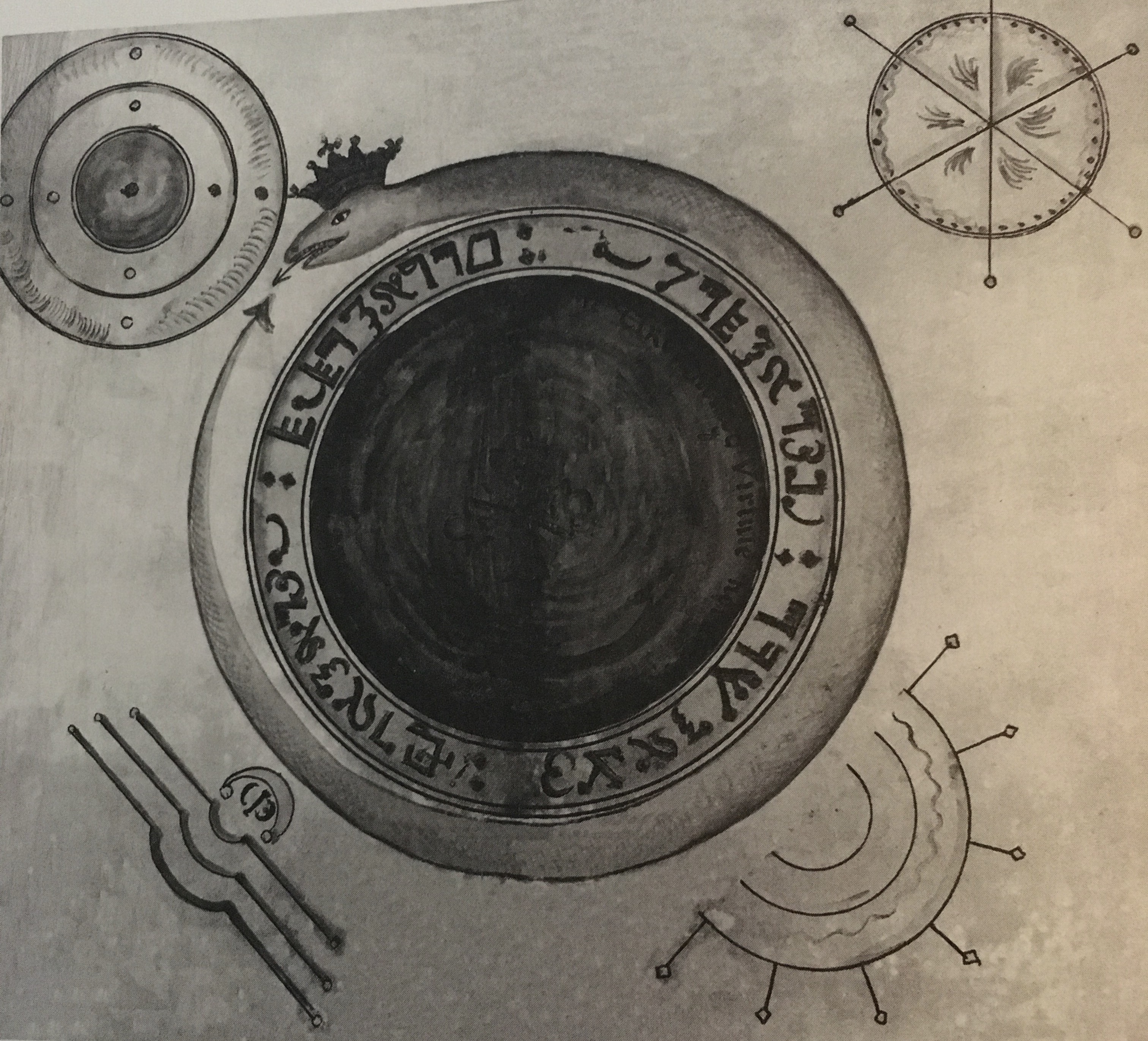
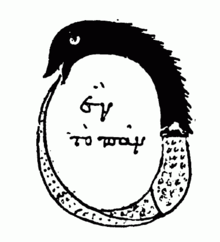 granted and covered by phrases such as “do the usual”. It is no coincidence that the ouroboros features in later grimoires such as the 18th century Clavis Inferni. Indeed, it’s likely that the use of a protective circle in the form of an ouroboros and directions marked out (and associated with elemental entities) were inherited magical tech from those old-school Graeco-Egyptian magicians (Skinner 87).
granted and covered by phrases such as “do the usual”. It is no coincidence that the ouroboros features in later grimoires such as the 18th century Clavis Inferni. Indeed, it’s likely that the use of a protective circle in the form of an ouroboros and directions marked out (and associated with elemental entities) were inherited magical tech from those old-school Graeco-Egyptian magicians (Skinner 87).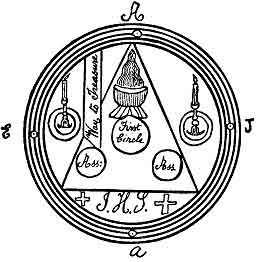
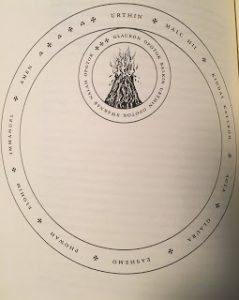
 This idea of going to “play” with a different cosmos can be hard to get your head round. After all, everyone thinks their worldview and idea of how things are in the cosmos is right, right? Relativism can be hard, especially when it comes to deeply held beliefs that are often also tied up in personal experience.
This idea of going to “play” with a different cosmos can be hard to get your head round. After all, everyone thinks their worldview and idea of how things are in the cosmos is right, right? Relativism can be hard, especially when it comes to deeply held beliefs that are often also tied up in personal experience. sub-level. Even worse, there are some rumors that some of those grimoires even made it down to the basement a few centuries before the current crop of magic users started their sneaking expeditions down there. So you know, that’s a whole lot to take into consideration.
sub-level. Even worse, there are some rumors that some of those grimoires even made it down to the basement a few centuries before the current crop of magic users started their sneaking expeditions down there. So you know, that’s a whole lot to take into consideration.